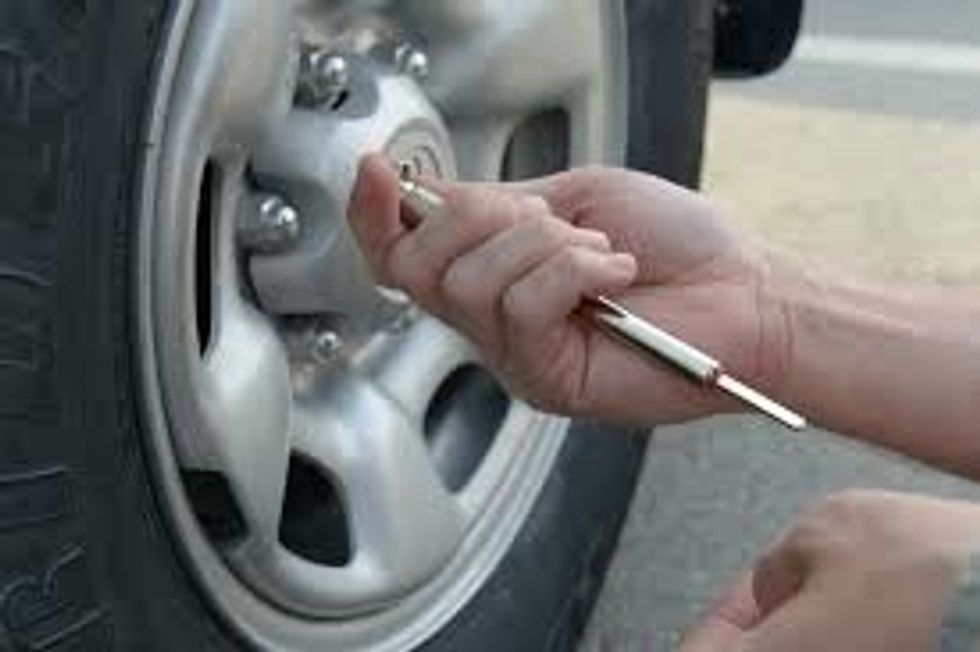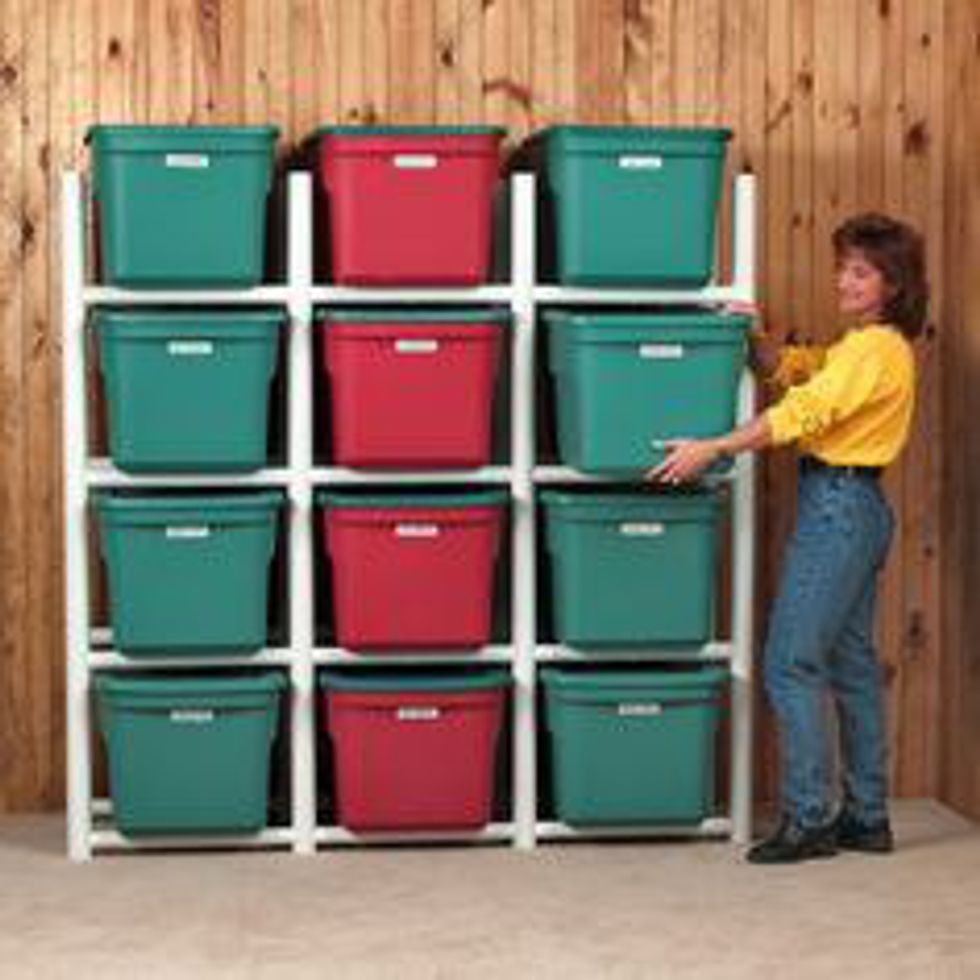When it comes to being an independent adult one of the most important aspects of life is your mode of transportation. A car gets you to your job, to your appointments, to your friends, and home again. It's an important investment, not only does it usually cost a lot out of pocket, but it is usually how you get to work and make that money.
So it's important to take a little time and take care of it.
In an emergency having a small bit of car knowledge (i.e. how to change your tire) can prevent you from having to rely on strangers. It also cuts down on trips to the mechanic and can help you avoid being taken advantage of when you do.
A study by Pemco insurance company in 2015 revealed that 79 percent of men had performed their own oil change while only 30 percent of women claimed the same. The same study showed that only 44 percent of women polled knew how to change a flat while the number reached 86 percent for men.
In another study done by Northwestern University researchers discovered through experiments and surveys that there is often a correlation between the knowledge (and sometimes gender) of the customer and the price quoted. A person who had some perceivable knowledge of their cars were quoted lower prices. On the other end, customers who exhibited no knowledge on the topic were charged more, with women often being charged more than men for similar services.
So what can you do? Try and master at least the following five maintenance tasks to keep yourself safe on the road and in the know about your vehicle.
1. Check your oil

An oil dipstick
google images
The engine of your car has a lot of moving parts all functioning at pretty high speeds. All these moving parts cause heat and friction. To prevent the heat and friction from ruining your engine, your car needs a little, uh shall we say, lubrication. That is where engine oil comes in to play. It keeps all those parts lubed up and moving smoothly if your engine runs low on oil things can get pretty hot and not in a good way. In a damaged engine and expensive repair bill kind of way.
1. Pop your hood
There is usually a lever under the driver's side dashboard near your feet.
2. Find the dipstick
It is usually yellow or orange and easy to find, although some companies get a little crazy and make it a different color. It is usually clearly marked. If there are two, one is likely your transmission dipstick, the fluid on this one will be reddish and not the one you want.
3. Check your oil level
Remove the dipstick from its tube and wipe it clean. Replace it back in the tube all the way back down and pull it back up again. Hold it level, and parallel to the ground. There usually a set of markings at the bottom of the stick that will show you if your oil is at a safe level. If there is no oil on the stick add some ASAP.
2. Checking your tire pressure

Checking your tire pressure
google images
This one is easy all you need is a tire pressure gage, but important, improperly inflated tires can wear your tires faster and it can also be dangerous. Balding may work for Dwayne "The Rock" Johnson but it isn't a good look on tires.
1. Find your tire pressure
Open the driver door and look for a placard on the frame or the side of the door. It should list the required pressure or, "PSI."
2. Check your pressure
Take your gauge and hold it to the valve on your tire, inflate or leak air (through the valve) as necessary.
This is an important one to know for roadside emergency situations, and the most important thing to remember is to be safe! Pull over in a safe spot and turn on your hazard lights before getting out of your vehicle. It is easier to watch this than to read it so here is an excellent video tutorial.
3. Jumping a dead battery

google images
Unless you have a fancy-dancy jumper box, you will need to find a good Samaritan to help you with this one. Be safe and smart. You will need to have the other person line their vehicle up to their engine faces yours, or so it is close enough for the jumper cables to reach the two batteries.
1. Put both vehicles in park mode and turn off the engines.
2. Place the red clamp on the positive terminal of the dead battery. This will be marked with a "+" or in red.
3. Now attach the other red clamp to the positive terminal of the other car.
4. Time for the black clamps. Attach the first one to the working car's negative terminal.
5. Attach the second black clamp to your negative terminal OR an unpainted piece of metal away from the battery.
6. Fire up the engine of the working vehicle and let it run for a few minutes.
7. Now try and turn your car on. If it starts, yay victory, DO NOT TURN IT OFF. Leave the vehicle running for 15 minutes to allow the battery to charge.
8. If it doesn't start you may be in need of a new battery or more expertise.
4. How often?
The final thing you should know is how often to get maintenance done. Barring emergencies or other situations here is a list of basic guidelines.
Oil Change
Every 3 months or 3,000-4,000 miles. This is dependent on the type of oil and filter you use.
New tires
This depends on the amount of driving you do and how well you take care of the tires. As long as you are lucky enough to avoid flats, you will only need to replace your tires when they wear below 2/32nds or every 5ish years.
Tire Rotations
This helps tires wear smooth and should be done every 4,000-7,000 miles.




















